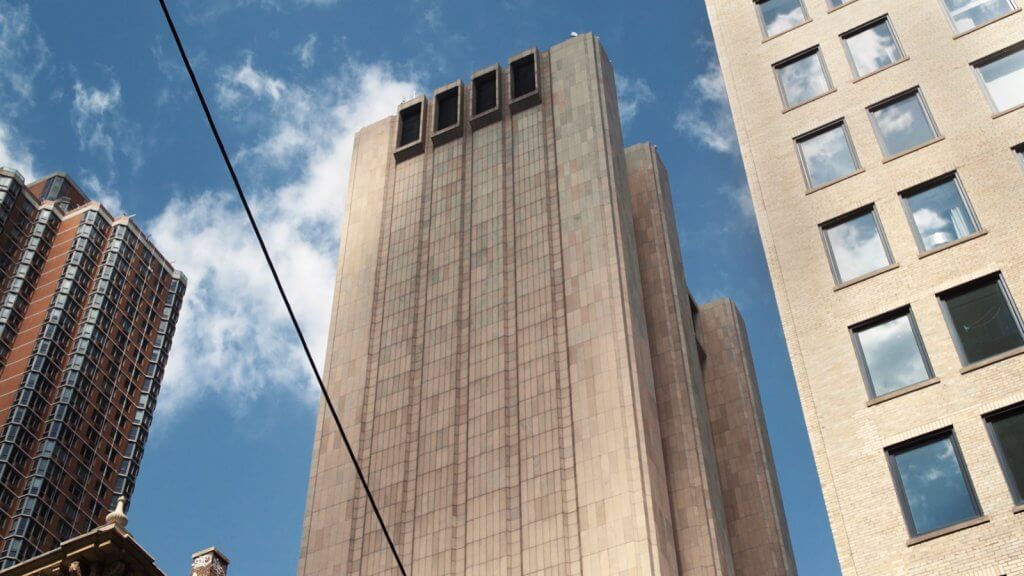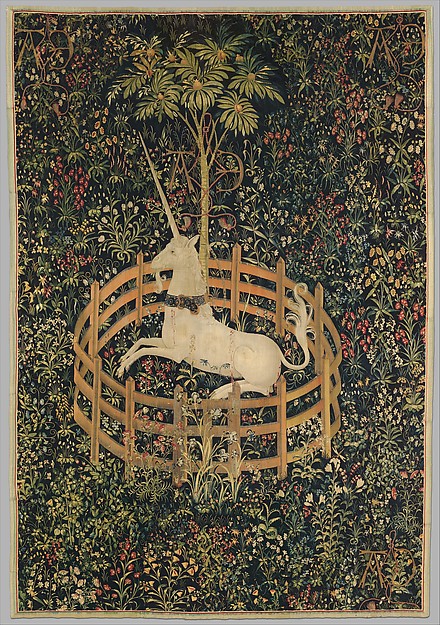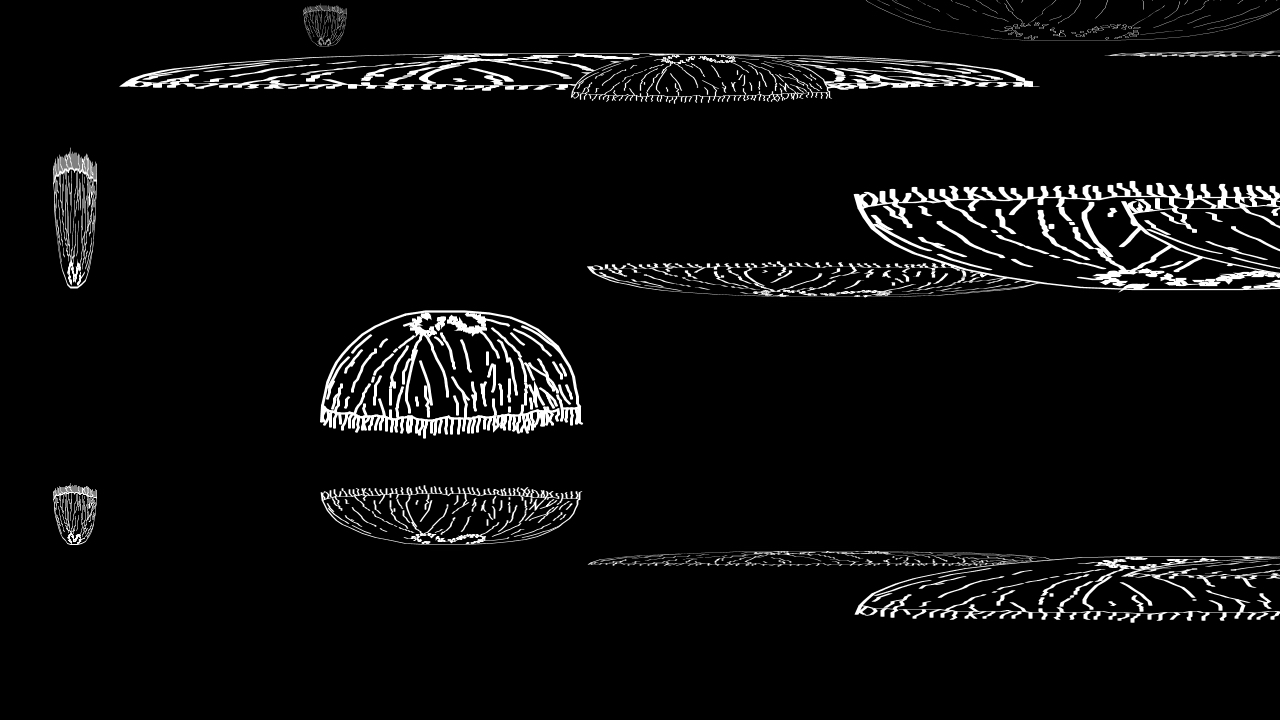
My internship has been chugging away the past few weeks. My duties have remained the same, and slowly I am getting faster and more efficient at all of them. My research dossier’s have become clearly and more in depth, and I am completing them more quickly. I have learned a great deal about a wide variety of subjects ranging from contemporary art to art history to architecture to design. I’m learning the ins and outs of planning gallery tours, how to discover up and coming artists and venues, and basically what’s worth paying attention to and what’s better off to be left ignored. With just three weeks of my internship left to go, I’ve come a long way but still have so much to learn.
One of my favorite aspects of the internship is my time watching the gallery during the day, when patrons will come in and stroll through whatever exhibition that we have on display. The last show that the Institute put on included two works by video artist Frank Heath. The show, titled Blue Room, explored ideas of espionage, government surveillance, hierarchical corporate and governmental structures, and paranoia. In both videos, an anonymous male agent places phone calls to different customer service lines, making ridiculous requests that spiral into intense conversation with the customer service operators. Interestingly enough, both of the service operators were real people, receiving real phone calls that were not staged.The two videos played back to back, over and over, all day long in the gallery on two separate screens. While at first it was a nauseating, headache-inducing chore to listen to the same, droll audio repeat itself on a loop all day long, I began to enjoy the repetition. The works were complex, intricate video pieces and each time I listened, I caught on to a new detail that I didn’t appreciate previously. By the end of the show, I was an expert on the works and had a deep and profound appreciation for the artist and what he was trying to accomplish in the show. The more time spent with a work of art, the more it begins to resonate with you. This constant contact taught me so much, and showed me the value of patience and careful appreciation of a work.

This slow accumulation of knowledge about the works in the show, accrued through a near-constant barrage of the works’ content, made me an expert about talking about the works. The show began to receive a lot of really positive press, and so more and more people began to come to the gallery to check it out. While my experience in most art galleries in the past was that both the workers and the patrons are elitists who want to have little to do with each other, I found that in my own practice patrons really enjoyed having a discussion about the works. At first I was timid to offer information about the exhibition, but as I got more and more positive responses from gallery attendees, my confidence increased and I was able to have engaged and interesting discussions with those attendees about the show and the ideas that Heath was presenting. Many times, people thanked me for explaining aspects of the show that can really only be gleaned through close examination and multiple viewings. Often times, with video works, patrons only have time to watch the videos through one time; or, they only catch snippets. I felt like I had a strong role in helping people to understand these video works that obviously had a profound impact on me. Who knew: people in the art world can be friendly!
The next, and most recent show put on by Swiss Institute had a similar impact on me. The show, entitled Grappling Hold, was a showcase of the work of Swiss artist Christina Forrer, who weaves dramatic tapestries that evoke feelings of familial conflict, told through cartoonish tableau tapestries. The dramatic, colorful pieces pay homage to German Expressionism; specifically, the work of Ernst Ludwig Kirchner and the tapestries that he created in collaboration with Swiss artist Lise Gujer. For this show, the artist actually walked us through the entire exhibition with the curatorial team, and explained her the ideas that drove her inspiration for the works and her praxis while creating her stunning tapestries. It was amazing to be able to experience the artist actually talking about her own work — it’s rare to get this kind of personal tour of someone’s creations.

This show was a bit of an eye opener for me because never before, besides reading about them in books and seeing them at the Cloisters, had I had very many interactions with tapestries. Most of the textile works that I have experienced have been quilts, tribal fabrics, and fashion objects so this show was for sure a departure into new and unexplored territory for me. These works look almost like family trees, in the style of Sirius Black’s family tapestry from the Harry Potter books. It was a new experience for me to come into contact with tapestries, that truly do look like powerful expressionist paintings in their composition, hanging in a “white cube” context. The vibrant hues and dramatic facial expressions of the figures depicted in the works are angry, violent, and shocked, and the effect is rather unsettling. This right here was a new one for me: the idea that a textile work could be upsetting and could tell a modern story. My conception of this medium previously had been limited to thinking about textiles as having pretty designs and utilitarian functions, rather than their ability to portray the same things that photographs, paintings, and drawings could. In many ways, the medium played a role in making these works all the more impactful and disquieting.
With just a few weeks and one more opening and exhibition left, working for the Swiss Institute has been an incredible experience.This next installation is going to require a lot more planning and man power, and Im going to get the opportunity to closely watch the curation and installation process in a way that I didn’t get to for the last two exhibitions. Because the Institute is a non-profit, I was able to interact with the works in ways that I don’t think I would have at a traditional for profit gallery, and glean curatorial experience that I wouldn’t have elsewhere. While I’m sad that my time has come to a close, I look forward to the next chapter in my professional journey. Where I’ll end up working after graduation: who knows? What I do know is that an art institution internship was an invaluable experience that opened my eyes to the inner workings of an industry, and inspired me to pursue a career in the arts.


